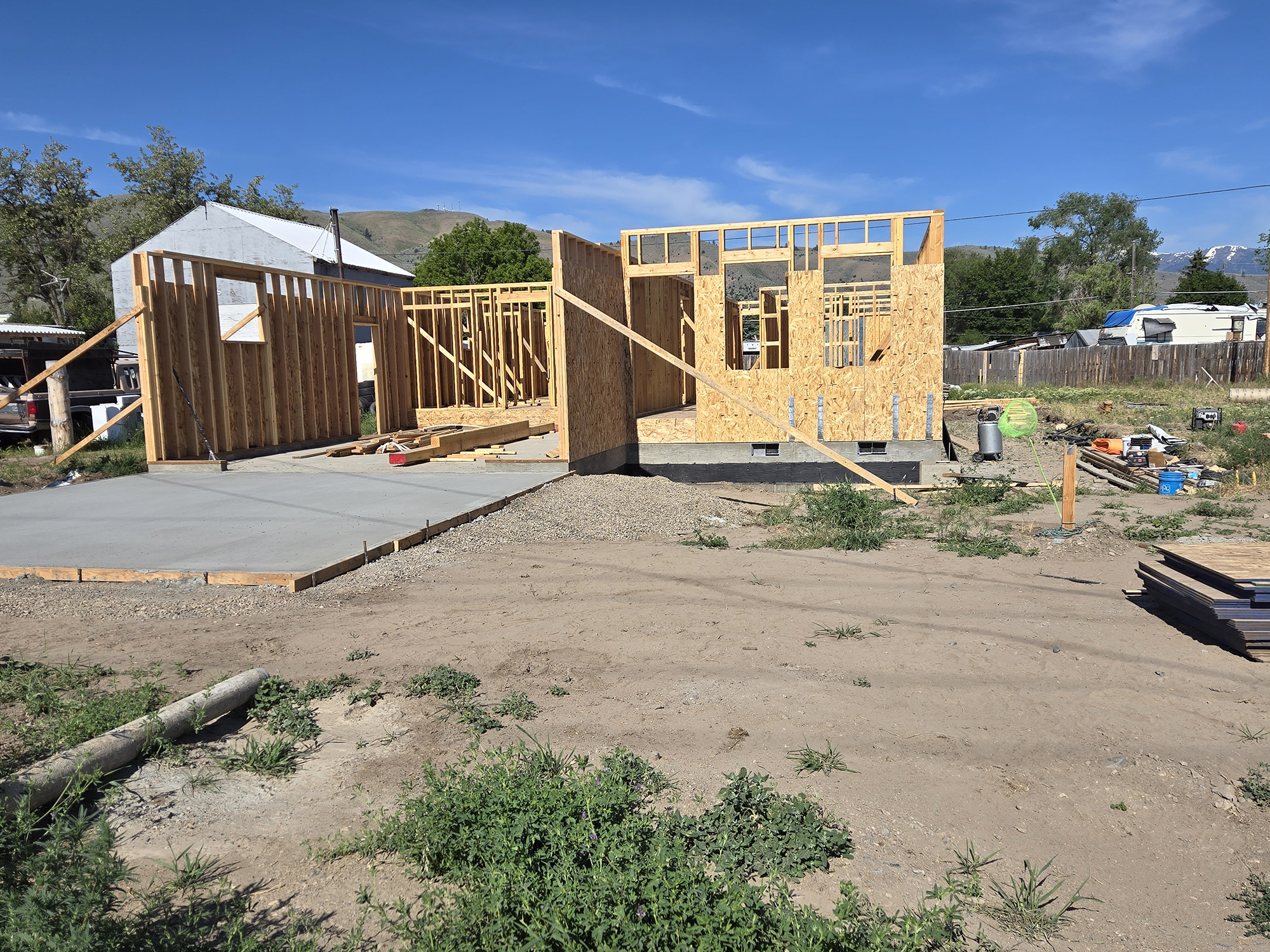Oregon Agricultural Heritage Program has open commission seats
Published 5:00 pm Wednesday, September 21, 2022

- Larson
SALEM — The Oregon Agricultural Heritage Program is looking for new commissioners with broad expertise in natural resources management to help guide the future of farmland preservation statewide.
Trending
Lawmakers created the program in 2017. It is administered by the Oregon Watershed Enhancement Board.
However, it was not funded until earlier this year, when the Legislature allocated $5 million for grants intended to shield agricultural land from development.
A 12-person commission — representing farming, environmental and tribal interests — reviews grant applications and makes recommendations for funding to OWEB. Commissioners, who serve four-year terms, meet several times each year.
Trending
Two commission seats are currently vacant with the retirements of Mary Wahl and Mark Bennett. A third commissioner, Ken Bailey, will be leaving when his term expires in 2023.
Replacements for Wahl and Bailey will be nominated by the Oregon Fish and Wildlife Commission and state Board of Agriculture, respectively, while Bennett’s replacement is chosen directly by OWEB from applications submitted by the public.
The seat represents “natural resource values,” said program coordinator Taylor Larson, which could mean someone with a background working in agriculture, timber or fisheries.
“It’s sort of like our wild card seat on the commission,” Larson said.
Those interested have until Monday, Oct. 31, to apply. The seat will be filled in January 2023.
Once new commissioners are appointed, the Agricultural Heritage Program will begin evaluating applications for its first round of funding.
Of the $5 million appropriated by the Legislature, Larson said approximately $4.3 million will be set aside for working land easements, providing matching funds for the USDA’s Agricultural Conservation Easement Program. Conservation easements are voluntary agreements in which organizations, such as a land trust or soil and water conservation district, buy a property’s development rights, ensuring it is available for future generations to farm.
Another $150,000 will go to helping landowners develop and implement conservation management plans that improve soil and water health.
The overall goal is to keep farms in production, while simultaneously providing co-benefits including fish and wildlife habitat.
“The purpose of the program is really to figure out how we increase the economic viability of agricultural operations, and the whole agriculture sector across the state,” Larson said. “What’s the future of agriculture in Oregon, and how do we set up the next generation to be successful?”
According to the USDA, Oregon lost nearly 10% of its farmland in production from 1997 to 2017. Lisa Charpilloz Hanson, OWEB executive director, said the Agricultural Heritage Program was established to slow the rate of loss.
“The program provides tools to protect working lands and supports the successful transition of farmland from one farmer to the next,” Hanson said. “Farm and ranch land protection also supports healthy watersheds, fish and wildlife.”
For more information or to apply for the OAHP commission, visit www.oregon.gov/oweb/grants/oahp/pages/oahp.aspx.








